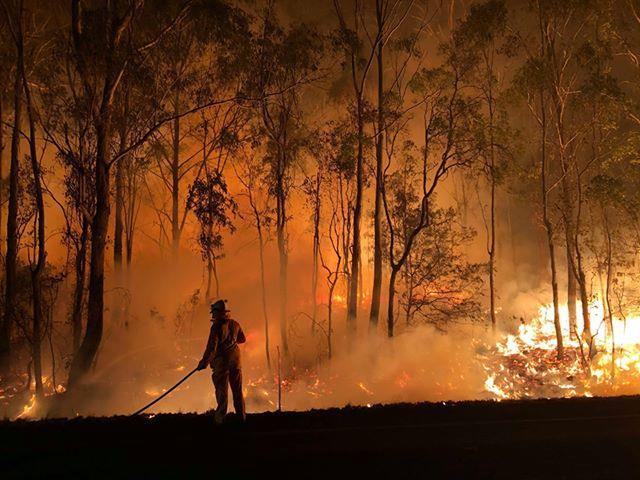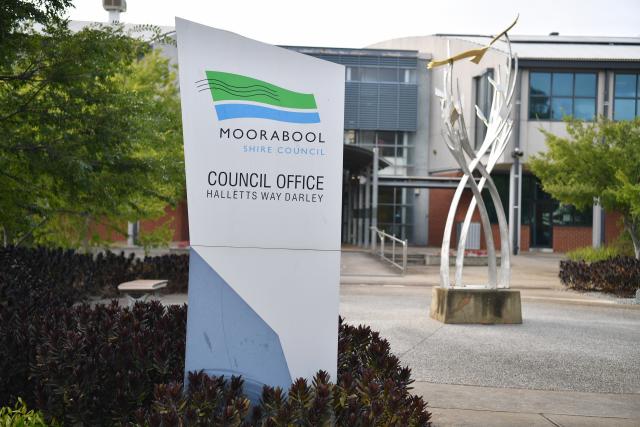Bacchus Marsh and Ballan have been pegged as key population growth areas in a new, long-term planning strategy for the Central Highlands region.
The Central Highlands Regional Growth plan, launched by state Planning Minister Matthew Guy last Wednesday, outlines planning for the area, including Moorabool, up to 2050. “It’s important to capitalise on the [region’s] strengths and opportunities. It’s a part of Victoria that will play a vital role in the state’s future development,” Mr Guy said.
Ballan is listed as a town with potential for major growth with an emphasis on providing local employment opportunities.
The plan also states that Parwan is being investigated as a key employment hub for Bacchus Marsh.
However, Ballan resident John Kowarsky says the idea of employment opportunities in Ballan is fanciful.
More than 80 per cent of Melton’s employed residents currently work outside Melton.
“If most of our population leave the town for employment, and they’re a huge centre, how can Ballan suddenly create huge employment opportunities?” Mr Kowarsky said. He agreed that Ballan’s growth should be carefully managed, and the south of Ballan was the most obvious area for expansion.
Bacchus Marsh resident Pat Griffin said while Ballan could facilitate growth, there was “no room” in Bacchus Marsh.
“They’re talking about an increase of population where we already lack infrastructure and suffer traffic problems,” he said.
“They have no viable roads plan, community resources or extra schools. They’re trying to put people somewhere where there’s no provision for them.”
Moorabool mayor Paul Tatchell said the degree of growth in Bacchus Marsh was not news.
“It’s a positive thing that the government is now aware and trying to deal with growth, but it’s a lot more complex than just creating a headline,” Cr Tatchell said.
Chairman of the Central Highlands council, Cr Paul Hooper, said while the plan was well thought out, the area would not see changes for a few years.
“It forces us to look at the region in its entirety, not in a personal way or on an individual municipality basis,” he said.
















